Comparing USB-A and USB-C: What's the Difference? | ZONSAN
USB-C, this is a new gadget in the technology world in recent years! Although it has been around since 2014, it only became popular in the past few years. What are the main differences between USB-A and USB-C? Design! USB-A is a one-way input (think of the number of flips when plugging in a USB-A cable), but USB-C is reversible and can be plugged in front or back!
In addition to design, USB-C has other significant advantages! Not only can it handle more power delivery, it can also connect a variety of peripherals like HDMI, DisplayPort, VGA and DVI cables, and even an Ethernet port.
So, what exactly is the difference between USB-C and USB-A?
1. Appearance.
Here’s a look at what USB-A and USB-C look like. USB-A has been the standard USB connection used on iPhones and Androids for the past decade, and the standard shape for most wall plugs, computers, laptops, and car ports for the past 15 years. The USB-C connector is easy to spot, with a symmetrical flat oval shape that allows devices to be inserted in any direction. Unlike USB-A, USB-C ports look smaller and symmetrical.
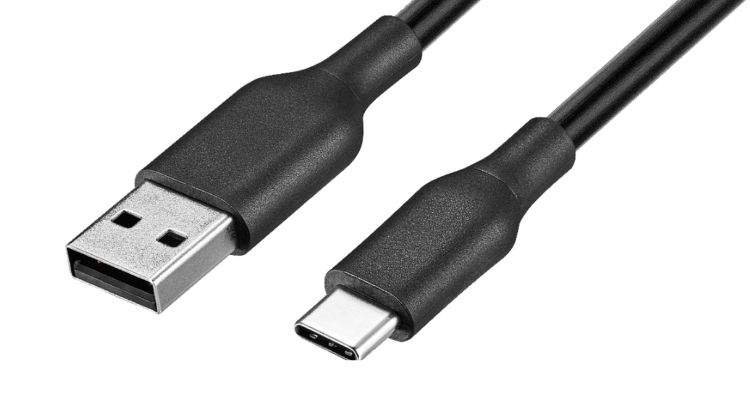
2. Charging speed.
The biggest difference between USB-A and USB-C is the charging speed. A USB-A to Lightning cable can charge an iPhone 30% in 30 minutes, and a full charge takes about an hour and a half. The USB-C to Lightning cable can charge your iPhone 55% in 30 minutes, and it’s fully charged in less than an hour. Simply put, USB-C is much faster! But whether to use USB-C depends on the usage environment and existing accessories. With a charger on your bedroom nightstand, the USB-C speed advantage may not mean much. When used in the living room or office, the advantages of fast charging are obvious. If you already have plenty of USB-A chargers and ports, upgrading to USB-C now may not be necessary. However, the latest MacBooks, MacBook Pros, and iMacs all come with multiple USB-C ports, so you have to weigh cost against charging speed/location requirements.
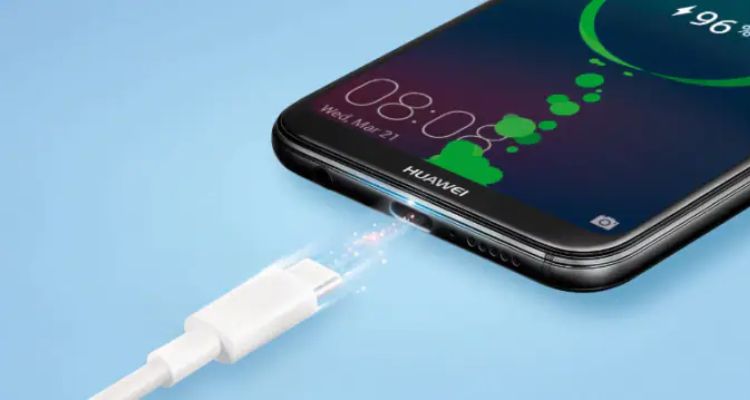
Advantages of USB-C
1. Improvements to USB-C!
The USB-C standard has many advantages over its predecessor, supporting USB 3.2 and higher data rates. USB-C is completely bidirectional, and both ends of the cable are physically the same. There is no distinction between host and receiver.
2. USB-C eliminates the diversity of previous USB-A and USB-C
USB-C is slightly larger than the micro-B connector and is suitable for a variety of devices, from small phones and tablets to large monitors. High interchangeability reduces cable count and simplifies laptop and desktop porting.
3. Reversibility of USB-C
The reversibility of USB-C means bi-directional charging, allowing you to charge any device through other devices. Supports enough power to power larger devices like laptops, up to 100 watts and 20 volts, and USB-A up to 2.5 watts and 5 volts. Practical benefits include pass-through charging, where the USB hub can charge your laptop and other devices simultaneously. The notebook can also be powered by a portable USB-C charger for greater flexibility.
The reversibility of USB-C solves the rotational symmetry problem of USB-A. There is no need to find the correct insertion direction, which greatly improves the user experience.
USB-C replaces a variety of other connectors, including older USB-A, mini-USB, and micro-B. Because of its high data transfer rate and power capacity, it can also connect to large devices such as high-resolution displays. USB-C supports 8K resolution and 10-bit color, making it an ideal replacement for HDMI.
Disadvantages of USB-C
USB-C is relatively new and has initial issues. Some users feel that this standard attempts to provide solutions for all devices, which brings complexity. Because USB-C is a standard, actual implementations may vary and not all operating modes may be supported.
Still, teething problems have diminished. The tech world is keen to iron out teething problems, and the popularity of USB-C points to good prospects. It has become a standard configuration of equipment from major manufacturers such as Microsoft and Intel. The European Union even proposes that all electronic devices be equipped with only USB-C to reduce electronic waste and improve convenience. It’s only a matter of time before USB-C becomes the standard.
Summarize
USB-C is forward-thinking technology. It supports future undeveloped communication protocols and has great room for development. While the differences between USB-C, USB-B, and USB-A can be confusing, USB-C has solved many problems of the past two decades and laid the foundation for the future.
As more and more devices are used in our lives, the importance of understanding USB-C as a future port is self-evident. If you want to learn more about USB-C monitors, this article will provide guidance on what to pay attention to. ViewSonic’s USB-C monitors are also a great way to future-proof your desk setup.
As more and more devices are used in our lives, the importance of understanding USB-C as a future port is self-evident. If you want to learn more about USB-C monitors, this article will provide guidance on what to pay attention to. ViewSonic’s USB-C monitors are also a great way to future-proof your desk setup.
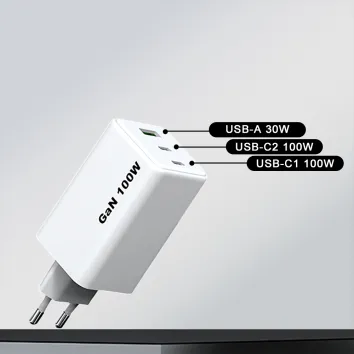
Read More
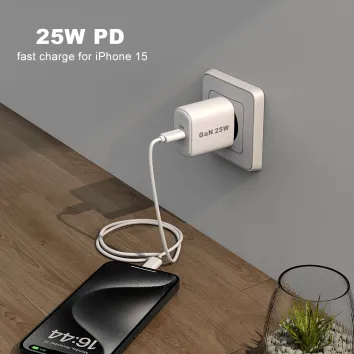
Read More
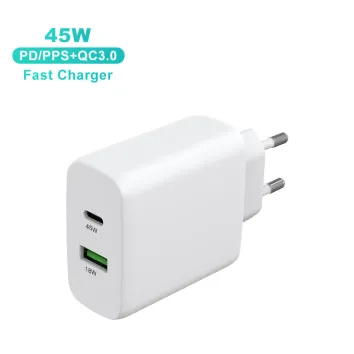
Read More